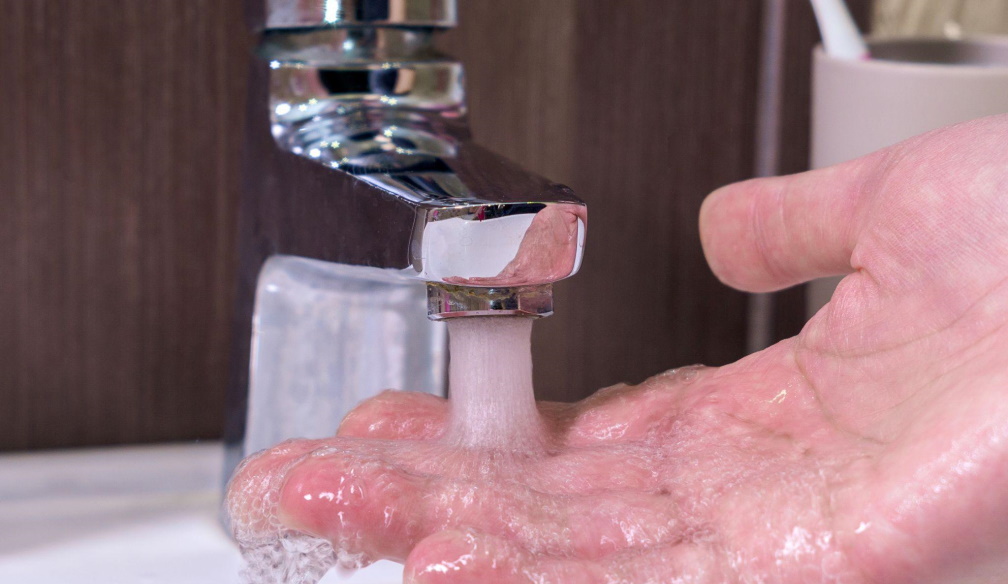What is a Continuous Flow Hot Water System?
- Written by NewsServices.com

A continuous flow hot water system is something new homeowners should consider. If you are already a homeowner, you may want to upgrade your traditional storage tanks to instantaneous hot water systems. These continuous flow systems are also known as tankless systems.
These systems heat water only when a user needs it, thereby wasting less energy. When the tap is turned on, only the water needed for that moment is heated. They come in various sizes and use different fuel types.
What are Continuous Flow Systems?
Compared to traditional storage tanks that must heat up a large amount of water and keep the water hot even when not in use, tankless systems supply hot water at flow rates per minute depending on the model. With these systems, when the water is being heated, the speed of the water is slowed down as it passes through a heat exchanger. As a result, they supply hot water more quickly, though sometimes at a reduced pressure than traditional storage heating systems.
So, what are the fuel types for tankless systems?
Categories of Instantaneous Hot Water Systems
Because they are powered by different energy sources, tankless systems are manufactured depending on these sources. There are three main types, which are:
-
Powered by Liquified Petroleum Gas (LPG)
-
Powered by electricity
-
Powered by natural gas
Solar-powered systems have become available in recent years, but they are still less common.
Powered by Gas
A gas system requires access to a gas supply line. When taps are turned on, a heat exchanger triggers an internal burner located at the base of the tank that heats the water. Compared to the electrical system, gas models often have lower operating costs.
Powered by Electricity
More households in Australia use systems powered by electricity. When taps and appliances are turned on, the heat exchanger activates the heating process using electricity. These systems are more efficient than the gas-powered versions. They are small and can be set up inside the house, near particular appliances or high-demand outlets, like showers.
Pros & Cons
The benefits of continuous systems include:
-
* Electrical systems are easy and inexpensive to install.
-
* Save energy (and money) since you won’t be keeping water hot while it’s not needed.
-
* You can set the temperature of your hot water, making it a safer choice when it comes to burning-hot temperatures.
The disadvantages of continuous systems are:
-
* Maintenance costs depend on the quality and demands of the system.
-
* If you use several appliances or outlets at a go, there may be heating inconsistencies.
Conclusion
With many options to choose from for tankless hot water systems, a hot water plumber can decide which hot water system works best for you depending on your demands, budget, and personal preferences.

























